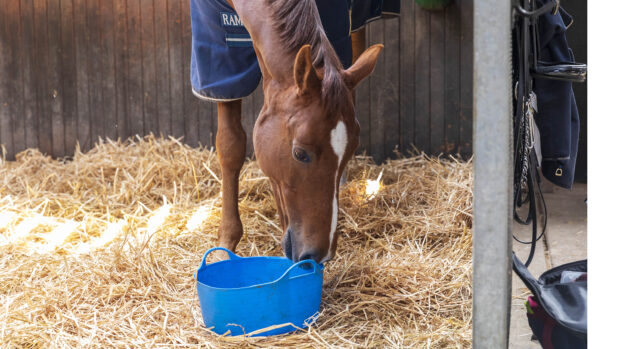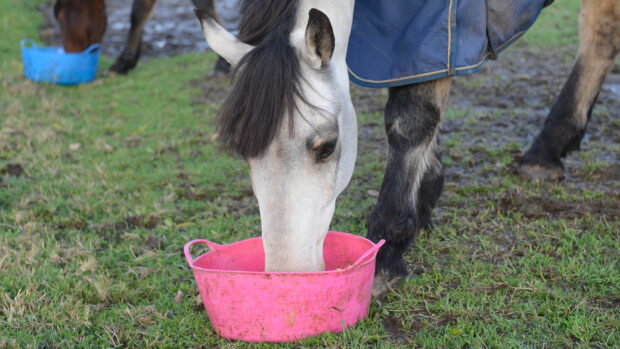The good feeding of a competition horse is one factor that contributes to a successful partnership. Good feeding augments a sound training plan, natural talent and your ambitions, while bad feeding can undo them quickly.
Having chosen your feeding system for the competition season, the summer is all about implementing it, at least for the first part of the season, with a review mid-way.
Turning horses out for part of the day is a good way to help keep them sane and make them eat more fibre. Depending on the paddock quality, however, varying amounts of nutrition are delivered from grass. For example, turning a horse out for two hours on good grass in May can provide energy equivalent to two scoops of competition feed.
Keep an eye on the horse’s weight and energy levels during any prolonged hot weather as the heat will affect the grass. Increase feed levels if required and look out for signs of dehydration. Wet weather followed by a dry spell may see a flush of grass growth and your horse’s waistline expanding.
Importance of electrolytes
Dehydration affects performance – all competition horses are at risk through exercise and by travelling. Travelling can take its toll on many horses, so always offer water or small amounts of a wet, sloppy feed during the journey to prevent dehydration, and, if necessary, give electrolytes at the destination.



